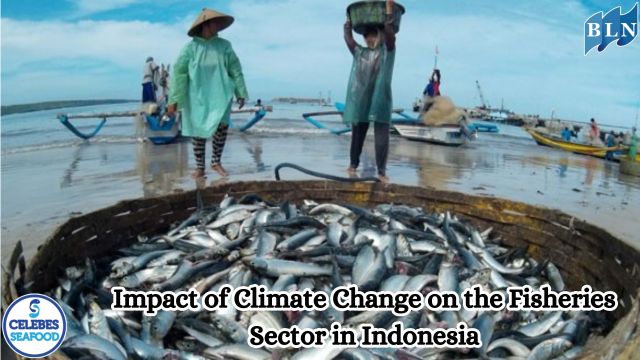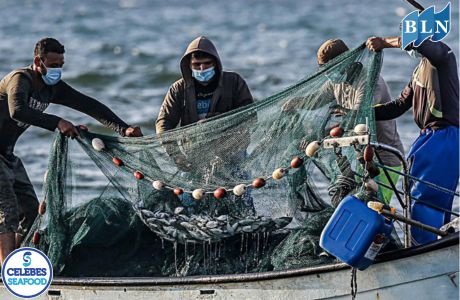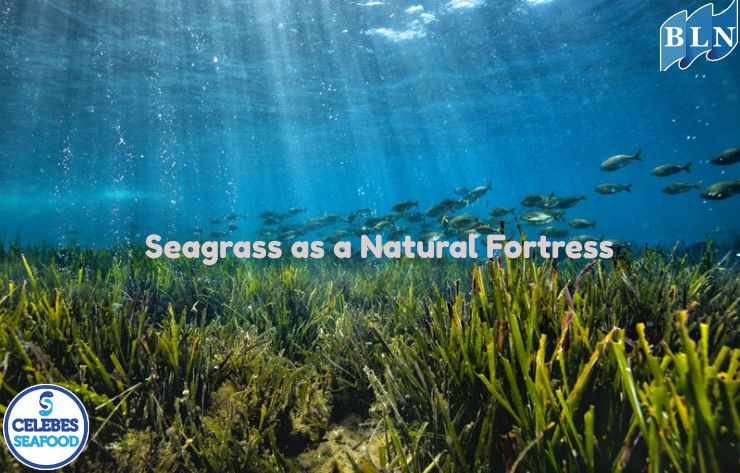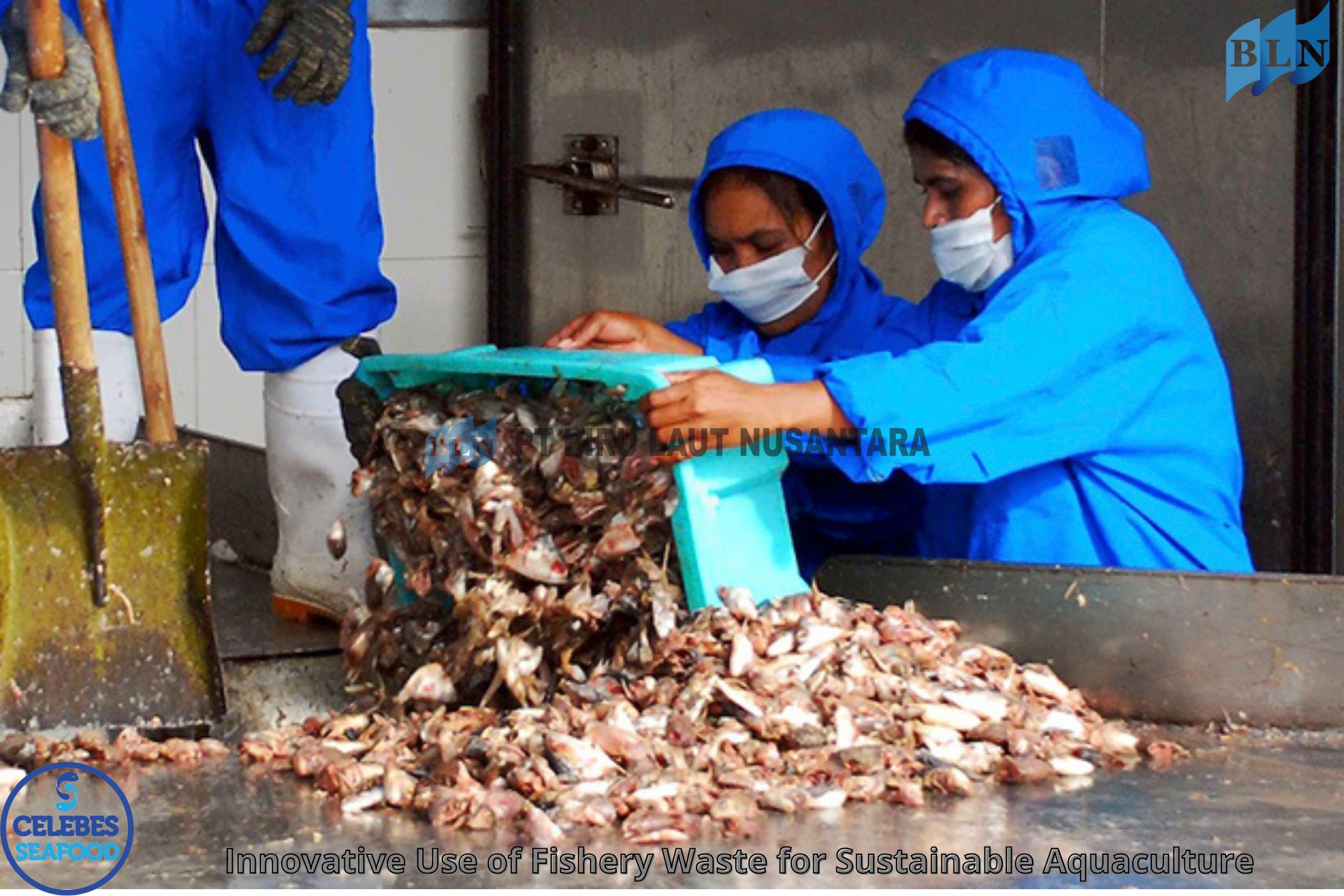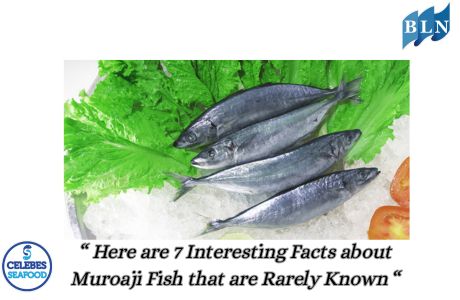Here is the Economic Potential of Marine Lobsters in Indonesia
By. Amma - 23 Apr 2025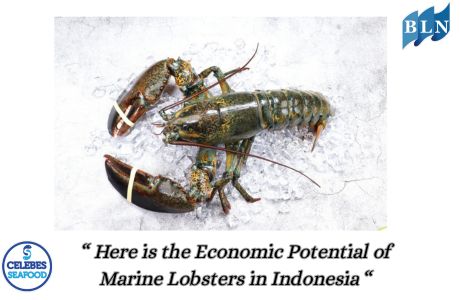
lautnusantara.com Sea lobsters are a group of large marine crustaceans from the families Nephropidae (clawed lobsters) and Palinuridae (clawless lobsters, or spiny lobsters). They are known for their muscular bodies, hard protective shells, and delicious meat, making them a valuable fishery commodity. The economic potential of marine lobsters in Indonesia is very large and promising. Here are some important points that show this potential:
1. Abundant Natural Resources:
- Indonesia is an archipelago with vast waters, making it an ideal habitat for various types of sea lobsters.
- The distribution of sea lobsters includes the waters of Sumatra, Java, Bali, Nusa Tenggara, Kalimantan, Sulawesi, Maluku, and Papua.
- Several types of lobsters that have high economic value and are widely found in Indonesia include sand lobsters (Panulirus homarus), batik lobsters (Panulirus longipes), rock lobsters (Panulirus penicillatus), pearl lobsters (Panulirus ornatus), and bamboo lobsters (Panulirus versicolor).
2. High Market Demand:
- Lobsters are a fishery commodity with high selling value in both domestic and international markets.
- The main export markets for Indonesian lobsters are currently China, Taiwan, and Australia.
- The world seafood market potential, including lobsters, is projected to reach USD 53.86 billion by 2030.
3. Large Cultivation Potential:
- The Ministry of Maritime Affairs and Fisheries (KKP) has made lobster one of the five leading commodities of blue economy-based aquaculture.
- The development of lobster cultivation in various regions such as Batam, Banyuwangi, and Sulawesi continues to be pursued.
- KKP has inaugurated lobster cultivation modeling in Batam as a pilot for development throughout Indonesia, with the hope that Indonesia can become the world's main lobster producer.
- Lobster cultivation is expected to increase labor absorption and regional economic growth.
4. Significant Economic Value:
- Indonesia's lobster exports in 2022 reached 1,469.55 tons with a value of USD 25.7 million.
- However, the share of Indonesian lobster exports in the global market is currently still relatively small, at only around 0.5%.
- The production volume of Indonesian lobster cultivation in 2023 was recorded at 433 tons with a value of IDR 179 billion (provisional figures).
- The Ministry of Marine Affairs and Fisheries is targeting the economic value of Indonesian lobster cultivation to reach USD 53.86 billion by 2030.
5. Potential for Increasing Added Value:
- The development of the lobster industry is not only limited to catching and cultivating, but also to processing lobster products with higher added value.
- The utilization of lobster waste also has economic potential that has not been widely explored.
Challenges in Developing Lobster Economic Potential:
- Dependence on Clear Lobster Seeds (BBL) from Nature: The availability of BBL is an important issue in the development of cultivation. Exporting BBL to other countries such as Vietnam is also a concern due to the potential loss of opportunities for developing cultivation domestically.
- Cultivation Technology: Lobster cultivation technology in Indonesia is considered to be lagging behind other countries such as Vietnam.
- Logistics: Logistics costs, especially for exports, are a challenge in themselves.
- Overfishing and Smuggling: Unsustainable fishing practices and smuggling of BBL can threaten lobster populations in the wild.
- Disease and Feed Quality: Challenges in cultivation include disease control and the provision of quality feed.
Despite the challenges, the economic potential of marine lobsters in Indonesia is very large if managed properly and sustainably. The government continues to strive to develop lobster cultivation, increase added value, and regulate lobster governance to maximize economic potential while maintaining resource sustainability.
If you are interested in our product SLIPPER LOBSTER MEAT, SLIPPER LOBSTER WHOLE ROUND please do not hesitate to contact us through email and/or whatsapp.
